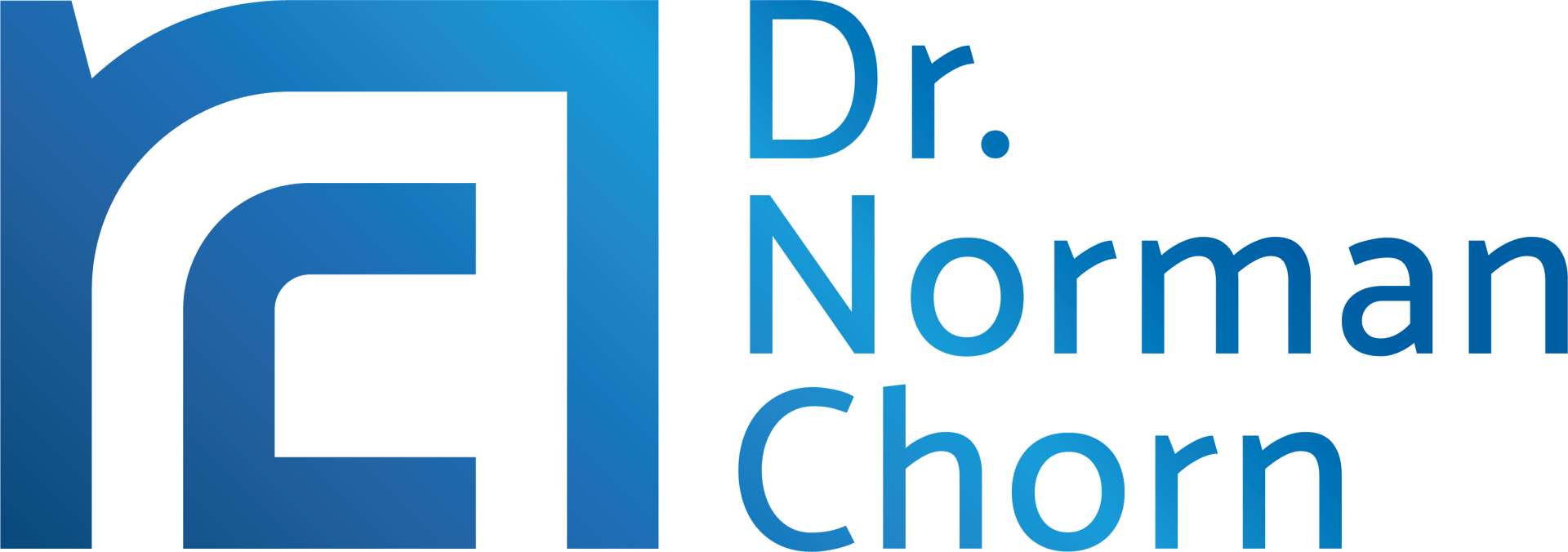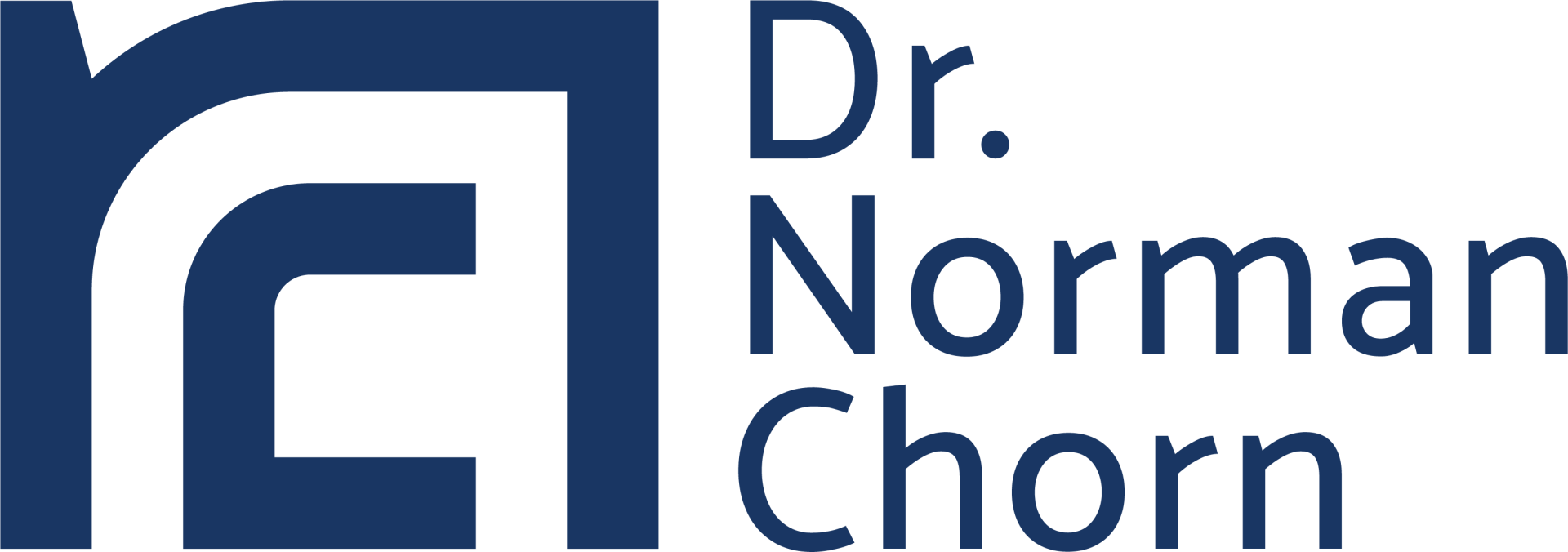“Be a good leader. Be incomplete. Don't be perfect, don't even try............”
There is evidence that the best leaders are distinctly far from perfect and simply incomplete.
When I look at my personal skills, this is the best news I've heard in some time!
An older article in the July 2007 volume of the Harvard Business Review caught my attention recently. In Praise of the Incomplete Leader is the collaborative work of a group of authors that includes Peter Senge (the Learning Organisation) and Deborah Ancona. The article resonated with me from the first read of the summary tag line:
“No leader is perfect. The best ones don’t try to be—they concentrate on honing their strengths and find others who can make up for their limitations”.
The authors state that it is time to stop visualizing the complete leader as a person at the top who has all the answers. They go on to say that leaders shouldn't even try to fill the gap. As they say,
“….the sooner leaders stop trying to be all things to all people, the better off their organizations will be. In today’s world, the executive’s job is no longer to command and control but to cultivate and coordinate the actions of others at all levels of the organization. Only when leaders come to see themselves as incomplete—as having both strengths and weaknesses—will they be able to make up for their missing skills by relying on others”.
A quick summary of the author's findings suggests that a leader should focus on four essential capabilities:
- Sensemaking: Trying to understand the contexts in which in which an organization and its people operate. Sensemaking is similar to creating a roadmap that the team can follow.
- Relating: Building relationships within and across the organisation. Building a community of confidants who can collaborate to solve problems.
- Visioning: Creating a compelling picture of the future. A leader should be able to articulate what the team wants to create.
- Inventing: Developing new ways to achieve the vision. Similar to the innovation skills required of entrepreneurs, this is more about execution than creativity.
Furthermore, leaders should diagnose their strengths in each of these capabilities and seek help from others if they believe they are deficient. Some clues about your potential deficiencies can be summarized as follows:
| Capability | Look for help in this capability if you…. |
|---|---|
| Sensemaking | Feel strongly that you’re always right |
| Feel resentful when things change | |
| Relating | Feel that you are constantly being let down by others – they can’t be trusted |
| Frequently experience unpleasant, argumentative interactions with others | |
| Visioning | Often wonder “why are we doing this?” |
| Can’t remember the last time you felt excited about your work | |
| Inventing | Have difficultly relating the organisation’s vision to what you’re doing today |
| Find that things tend to revert to business as usual |
So, give up trying to be perfect. Recognise your incompleteness and seek contributions from others. You’ll be a better leader for it.
Based on some ideas from David Rock, Deborah Ancona and Peter Senge
Subscribe to our regular articles, insights and thought leadership




